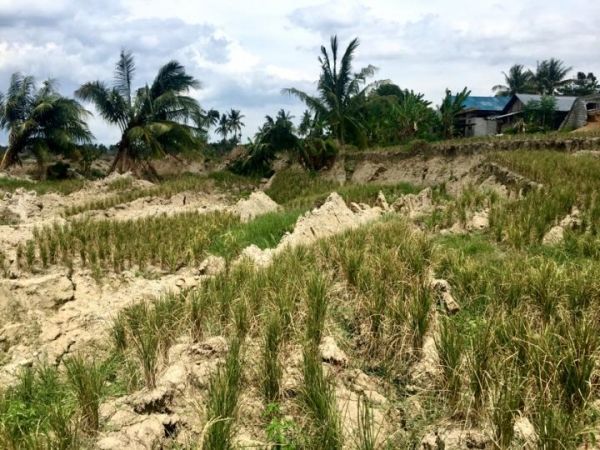Irrigation significantly exacerbated the earthquake-triggered landslides in Palu, on the Indonesian island of Sulawesi, in 2018, according to an international study led by Nanyang Technological University, Singapore (NTU Singapore) scientists.
The 7.5 magnitude earthquake struck the Indonesian city on 28 September 2018, taking the lives of over 4,300 people, making it the deadliest earthquake in the world that year.
Writing in Nature Geoscience, researchers from NTU Singapore’s Earth Observatory of Singapore (EOS) and the Asian School of the Environment (ASE), together with collaborators from institutions in Indonesia, the United States, the United Kingdom, China and Australia, reveal that the landslides in Indonesia’s Palu Valley resulted from widespread liquefaction in areas that were heavily irrigated for rice cultivation.
A century-old aqueduct, constructed to bring enough water into the Palu Valley to irrigate rice, artificially raised the water table to almost ground level. This elevation increased the potential for liquefaction – a situation where buried sediment becomes fluid-like due to strong seismic ground-shaking.
Read more at Nanyang Technological University
Image: Heavily irrigated rice padi fields artificially raised the water table to almost ground level, worsening the 2018 earthquake-triggered landslides in Palu, Indonesia. (Credit: Gilles Brocard/University of Sydney)


